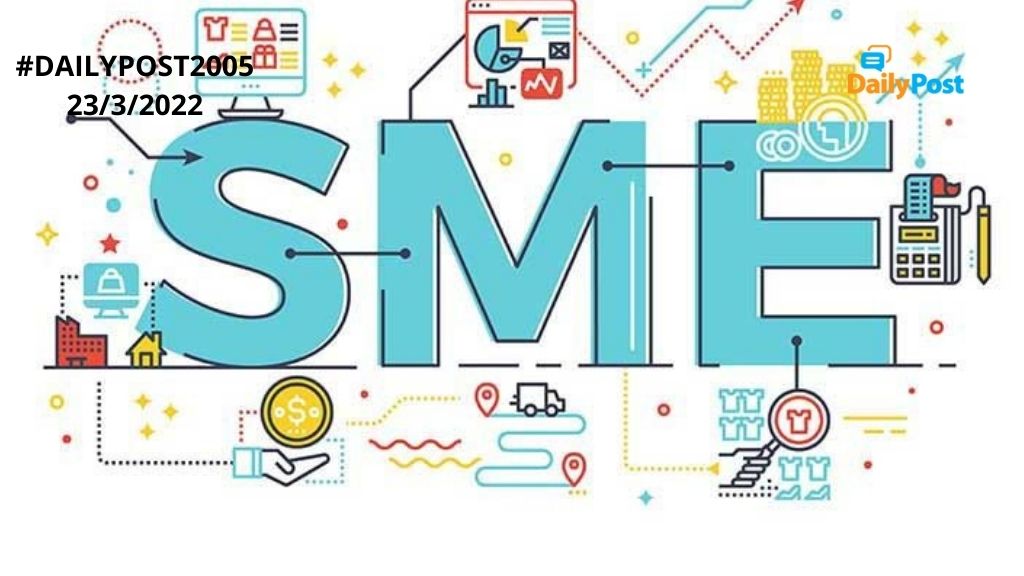DailyPost 2005
SMEs TECHNOLOGY – TO BE OR NOT TO BE?
The nature of digital transformation which the IT world would have wished for in their dreams was also surpassed during the physically distanced COVID-19 age, which continues to this day. Necessity is the mother of invention and technology readily available but not being used until then, had a field day. It was easily picked up for adoption, was perfected and made robust. It is generally expected that the IT big business would expand in this manner, having both the digital footprint and the capability and deep pockets, to make inroads into newer opportunities. The devastating nature of the COVID-19 on the economy was felt in general, but the small businesses were impacted much more.
The SMEs were left with no choice but to reinvent themselves. Small and medium sized enterprises started looking for digital enablement to remain in business. There was no other way of making business viable. It would not be unfair to say that the lockdowns acted as a catalyst to speed up digital adoption in this sector. In the normal course of events, this sector would be the laggard, not finding much economic value in the investment being made for digital enhancement. Going in the direction they should, at least the ones who did, were able to increase the speed, simplify and automate a large variety of their tasks. This has been euphemistically called as the digitization of Bharat.
Today the results of this change are out in the open. Google -KPMG research shows that digitally empowered SMEs have twice revenue growth projections compared to the offline ones. It has also been found by independent research, that they have 10 points higher job growth and 11 points higher revenue growth. The issues with the brick-and-mortar businesses are all too well known to all of us. ”Digitally enabled SMEs were able to give the customers, local community and partners, the best opportunity to survive as well thrive in adverse times.” It happened with different technologies breaking the barriers and creating smooth opportunities for change. The adoption of UPI and QR code based payments have been truly revolutionary. Phone wallets, card payments and other digital money have increased. Currency notes usage fell down.
In this process, tech integration happened with KhataBook, Dukaan, OkCredit etc. Companies like Urban Company appeared out of the blue. With physical distancing in mind, these in demand apps upped the game. This company acquired 33% new customers during the lockdowns. Going out becoming a health taboo, Zomato and Swiggy apps became both our and restaurants saviour in bad times. The food delivery industry has largely recovered now. Edtech platforms became the order of the day. Individual tutors, educators, coaches, authors, speakers and trainers found ways to list their products online. White-labelled secure platforms appeared to take care of creators, trainers and institutes to create, market and distribute their courses. The organic synthesis of SMEs with technology, has the potential to give the nation a much higher level of growth besides the immense job potential.
SMEs WEDDING WITH TECHNOLOGY IS THE FIRST BIG FAT BUSINESS WEDDING OF THE 21st CENTURY.
Sanjay Sahay

